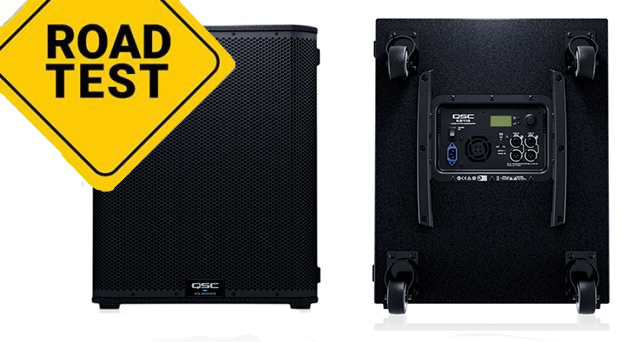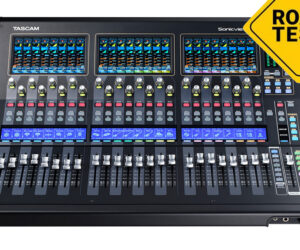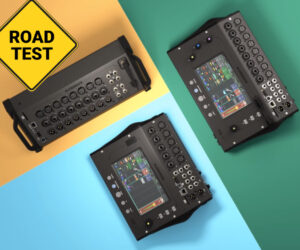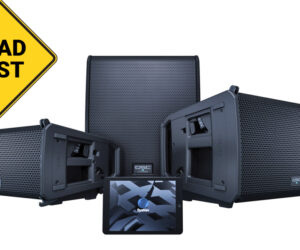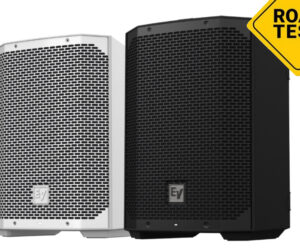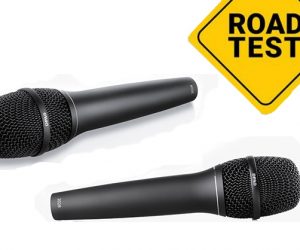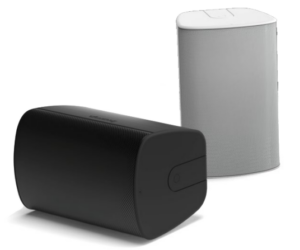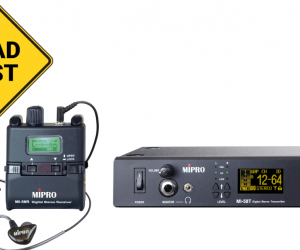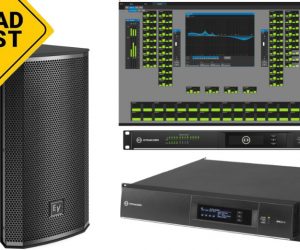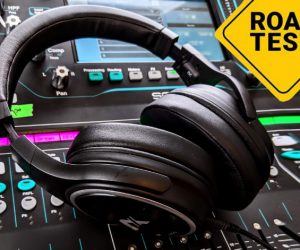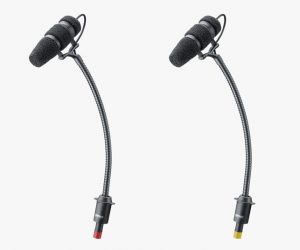The new QSC KS118 is a direct-radiating single-18-inch subwoofer powered by a 3,600-watt class D amplifier. It’s a successor to the well-respected KW181, which has long been my single-18 sub of choice. I’ve specified the KW181 for several smaller venue installs and mixed my fair share of shows on it, so I was quite excited to check out the KS118.
The unit ships with casters included and attached (thank you!). The box weighs in at 104 pounds and is an easy one-person roll and two-person lift. The unit can be deployed either vertically or horizontally and includes a standard M20 threaded pole receiver for a full-range loudspeaker, such as a model from the companion K.2 Series.
Onboard DSP provides up to 100 milliseconds (ms) of delay, a choice of 80 Hz or 100 Hz crossover filters depending on which full-range loudspeaker is being used with it, and an optional “DEEP” mode that increases LF extension.
Running Some Tests
Although obtaining a frequency response measurement of a sub is difficult in the field, I did take some measurements in my back yard that well illustrate the crossover filter choices as well as DEEP mode’s effect on the LF extension. Figure 1 illustrates the Normal and Deep frequency response modes for both the 80 Hz and 100 Hz crossover settings.

Thanks to some clever DSP wizardly, changing the crossover frequency does not change the unit’s phase response. This is also true for the companion K.2 Series, which makes for a well-aligned system right out of the box.
To say that the headroom of this unit is impressive would be an understatement of grand proportions. With full-scale pink noise coming out of my mixing console, the box was rumbling away happily, and it took about an additional 6 dB of gain at the box itself to even tease the limiter LED.
Being relatively familiar with the KW181, I can say that this box is better behaved at high output levels, without the loud port chuffing and nasally resonances. This is a great example of how a “Max SPL” spec doesn’t always tell the whole story – having a stated maximum SPL spec of 136 dB (peak, 1 meter) compared to the KW181’s stated spec of 135 dB might lead one to believe that this box does not have significantly improved output compared to its predecessor – but rest assured, that is not the case.

This thing gets loud, and does it cleanly. Of the single-18 subs I’ve heard in this price range, it’s my view that the KS118 is an undisputed leader. Its output approaches that of another single-18 box that I use regularly that is much larger and significantly heavier. In terms of performance-to-size ratio, it’s definitely in a sweet spot.
I brought the subs along with me to a few events to put them through their paces; most interestingly, a puppet show performance that used forced perspective and spatial audio via an 8-channel distributed system. The production spec called for subwoofers located under the audience seating risers.
Although the venue owned a pair of older single-18 boxes from another manufacturer, I deployed the KS118s instead as an upgrade. During system tuning and test, they emitted a pleasant rumble that never got rattling or honky despite being stuffed under seating risers.

Several stagehands, as well as the venue’s tech director, came over to check them out and mentioned how great they sounded. The venue’s crew chief said the sound was “remarkably clear.” For the performance, the subs ended up being run with the output fader down almost 20 dB and still had no trouble handling the gut-shaking rumbles and bass drops that were part of the show’s sound design.
Added Perspective
The feature I’m most excited about is the addition of onboard cardioid presets – placing two KS118s “wheels to wheels,” side by side, or stacked on top of each other, with one box reversed, and then engaging the onboard Cardioid Forward and Cardioid Rear presets, respectively, creates a quick and effective cardioid array. In terms of rear rejection, I found the most effective configuration to be what’s known to system techs as a “gradient stack,” where two boxes are stacked with one physically reversed.
With measurement mics placed 15 feet in front of and behind the array in the center of my yard, I measured over 20 dB front-to-back cancellation (Figure 2). This is a great option to achieve excellent results without needing to get out an analyzer and “roll your own” cardioid array.

All too often, manufacturers bring out an “update” to a product that ends up being a step sideways (or sometimes even backwards). I’m happy to report that this is not the case for the new KS118. What we have here is an excellent example of “if it ain’t broke, don’t fix it.”
QSC has demonstrated the wisdom to build on the solid foundation of features that made the KW181 so successful, addressed virtually all of my gripes about that unit, and incorporated a DSP toolset that brings it onto equal footing with the equally-excellent K.2 Series full-range loudspeakers. A two- or three-subs-per-side rig would be a great choice for portable PA applications, bands, house of worship, and small venues.
Regular readers will notice that I’m being atypically brief here. I simply don’t need to say more: this new box has everything I found most valuable about the KW181, improves on the things I didn’t, adds some significant and very useful features, and is my new go-to single-18 subwoofer.
U.S. MAP: $1,499. Find out more about the KS118 here.

